Spray foam insulation is often promoted as an environmentally friendly option due to its energy-saving potential. By creating an airtight seal, it reduces the need for heating and cooling, which can lower a home’s overall carbon footprint. However, the environmental benefits touted by spray foam manufacturers and installers may be overshadowed by significant drawbacks, particularly when it comes to the removal and disposal of this problematic insulation material.
The difficulties of removing spray foam insulation
One of the most significant challenges with spray foam insulation - both closed-cell and open-cell varieties - is its tenacious adherence to building materials. Spray foam is designed to expand and bond tightly to surfaces, filling every crack and crevice to create a seamless insulation and air barrier. While these properties makes it effective as an insulator, it also makes removal incredibly difficult. And, if you search carefully on-line, you'll also discover that unless the operator mixes it perfectly, spray-foam is also known to shrink and crack - removing that magical air-tightness and effectiveness.
When spray foam needs to be removed, whether due to moisture problems, structural repairs, a change in insulation strategy, or in case of health problems associated with spray foam in homes, the process is labor-intensive and costly. In the UK, as it's become apparent that spray foam can cause premature rotting of wooden structures like roofs, both mortgage companies and insurers are starting to refuse to deal with homes that have had spray foam applied. In this case, the foam must be painstakingly chipped away or dissolved, often damaging the underlying materials in the process and costing more than installing the spray foam insulation in the first place. For example, wooden beams, roof decks, and other structural components can be severely compromised during removal, sometimes to the point where they must be replaced entirely.
The removal process also poses health and safety risks. Spray foam can release harmful chemicals and hazardous dust when disturbed, necessitating the use of protective gear and specialized equipment. Moreover, the foam’s disposal requires careful handling to comply with environmental regulations, further increasing the cost and complexity of the project.
This difficulty in removal not only adds to the financial burden on homeowners but also complicates any future renovations or repairs. If a roof needs to be repaired or replaced, or if other structural elements are damaged, the presence of spray foam insulation can significantly increase the time and cost required to complete the work.
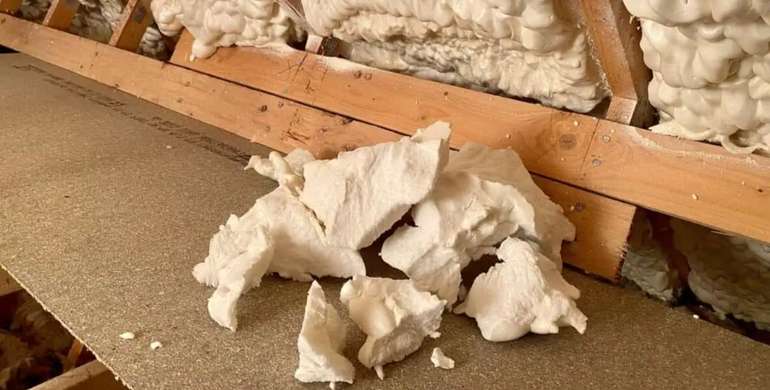
Impact on material recycling and sustainability
The challenges associated with removing spray foam insulation extend beyond the immediate difficulty of getting rid of it. The very qualities that make spray foam difficult to remove also hinder the possible recycling of building materials. Once spray foam has bonded to wood, metal, or other substrates, it becomes nearly impossible to separate the foam from the material without causing damage. As a result, materials that could otherwise be recycled are often rendered unusable and end up being discarded as waste going directly to landfill.
This waste presents a significant environmental concern. The construction and demolition industry is already a major contributor to landfill waste, and the inability to recycle materials contaminated with spray foam insulation makes this problem even worse. Instead of being repurposed or recycled, these materials contribute to the growing problem of construction waste, undermining the sustainability claims often associated with spray foam insulation.
Furthermore, the disposal of spray foam insulation itself is problematic. Spray foam is composed of synthetic chemicals that do not break down easily in the environment. When removed from a building, the foam must be disposed of in a way that minimizes environmental impact, often requiring specialized handling and disposal methods. These processes add to the overall carbon footprint of the material, further detracting from its claimed environmental benefits.
Questioning the environmental claims of spray foam insulation
Given the difficulties associated with removal, repair, and recycling, the environmental sustainability of spray foam insulation comes into question. While the material may offer short-term energy savings, the long-term environmental costs can be significant. The inability to recycle building materials that have been contaminated with spray foam, combined with the challenges of safely disposing of the foam itself, suggests that spray foam insulation may not be as eco-friendly as it is often portrayed.
For homeowners and builders committed to sustainability, it is essential to weigh these long-term environmental impacts against the immediate benefits of spray foam insulation. Alternative insulation materials, such as cellulose, mineral wool, or even certain types of natural fibers, may offer a more sustainable solution without the associated difficulties in removal and disposal.
The broader implications for sustainable building practices
The issues surrounding spray foam insulation highlight the importance of considering the full lifecycle of building materials when making decisions about construction and renovation. Sustainable building practices should not only focus on the immediate energy efficiency of a material but also on its long-term environmental impact, including how it is removed, disposed of, and whether it can be recycled.
In the case of spray foam insulation, the UK experience of homes with spray foam becoming unsellable serves as a cautionary tale, illustrating the potential pitfalls of relying on a material that, while effective in the short term, can create significant challenges in the long run. As North American homeowners and builders look to create more sustainable and eco-friendly homes, it is crucial to consider the full environmental impact of spray foam insulation and to explore alternatives that may offer a better balance between energy efficiency and long-term sustainability.
Conclusion: A call for informed decision-making in relation to spray foam insulation
The environmental and sustainability claims often made about spray foam insulation deserve careful scrutiny, especially in Canada with Bill C-59, The Fall Economic Statement Implementation Act, 2023 (Bill C-59), which took effect on June 20, 2024 and that targets greenwashing in advertising. While the material can provide significant energy savings, the long-term challenges associated with its removal, the difficulty of recycling contaminated materials, and the environmental costs of disposal all suggest that spray foam may not be the most sustainable choice available. Add in the whole debate about the possible health impacts of spray foam in homes, and we suggest that spray foam only has limited appeal as an insulation choice.
Homeowners, builders, and policymakers alike must take these factors into account when making decisions about insulation materials. By considering the full lifecycle of building materials and prioritizing those that can be easily repaired, recycled, and disposed of with minimal environmental impact, we can move towards a more sustainable and responsible approach to building and renovation. The lessons learned from the UK’s costly experience with spray foam insulation offer a valuable opportunity to avoid similar pitfalls and to make choices that truly support long-term environmental sustainability.
Now you know more about spray foam insulation and its impact on indoor air quality and landfills. Find more pages about sustainable construction below and in the EcoHome Green Building Guide pages.
Find more about green home construction and discover the benefits of a free Ecohome Network Membership here. |
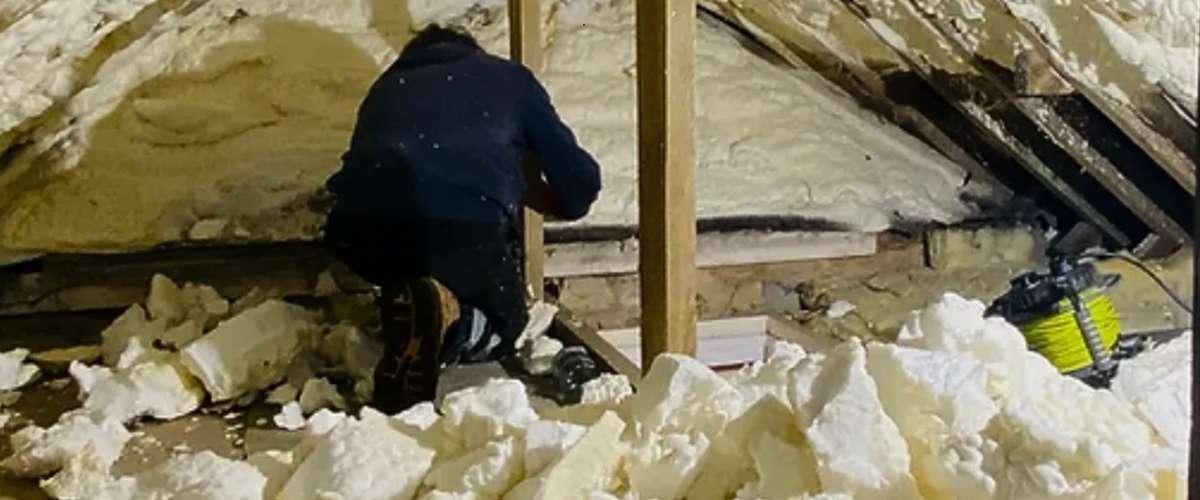

















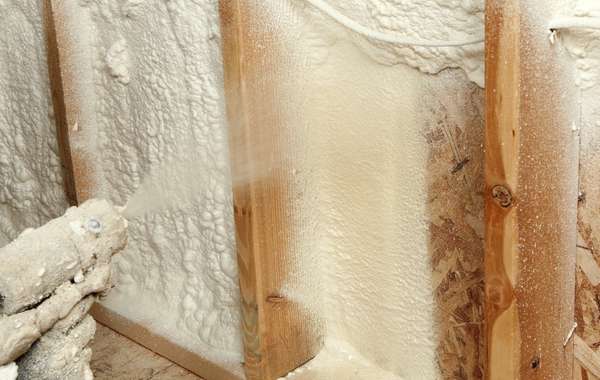
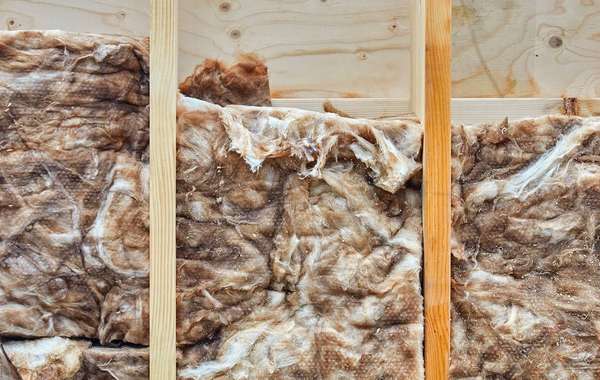


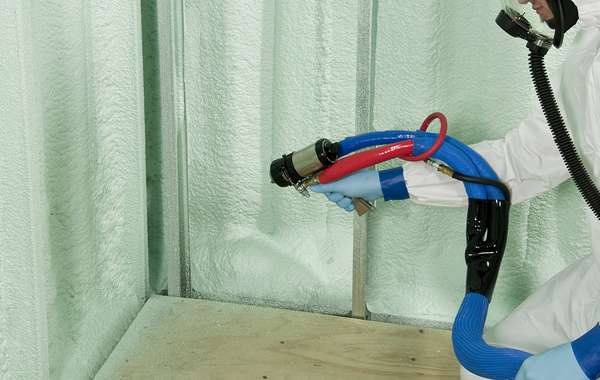
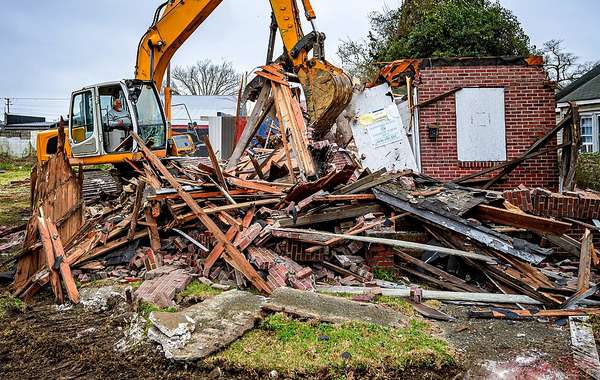
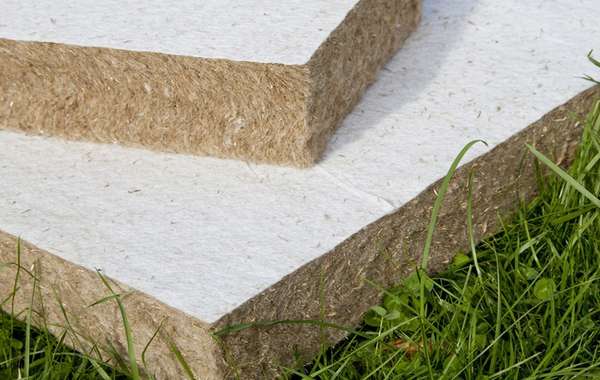

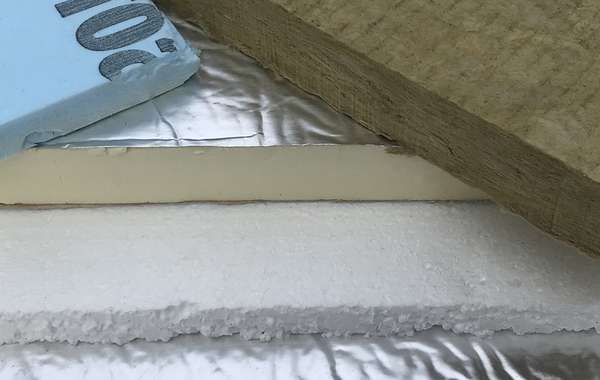
Comments (0)
Sign Up to Comment